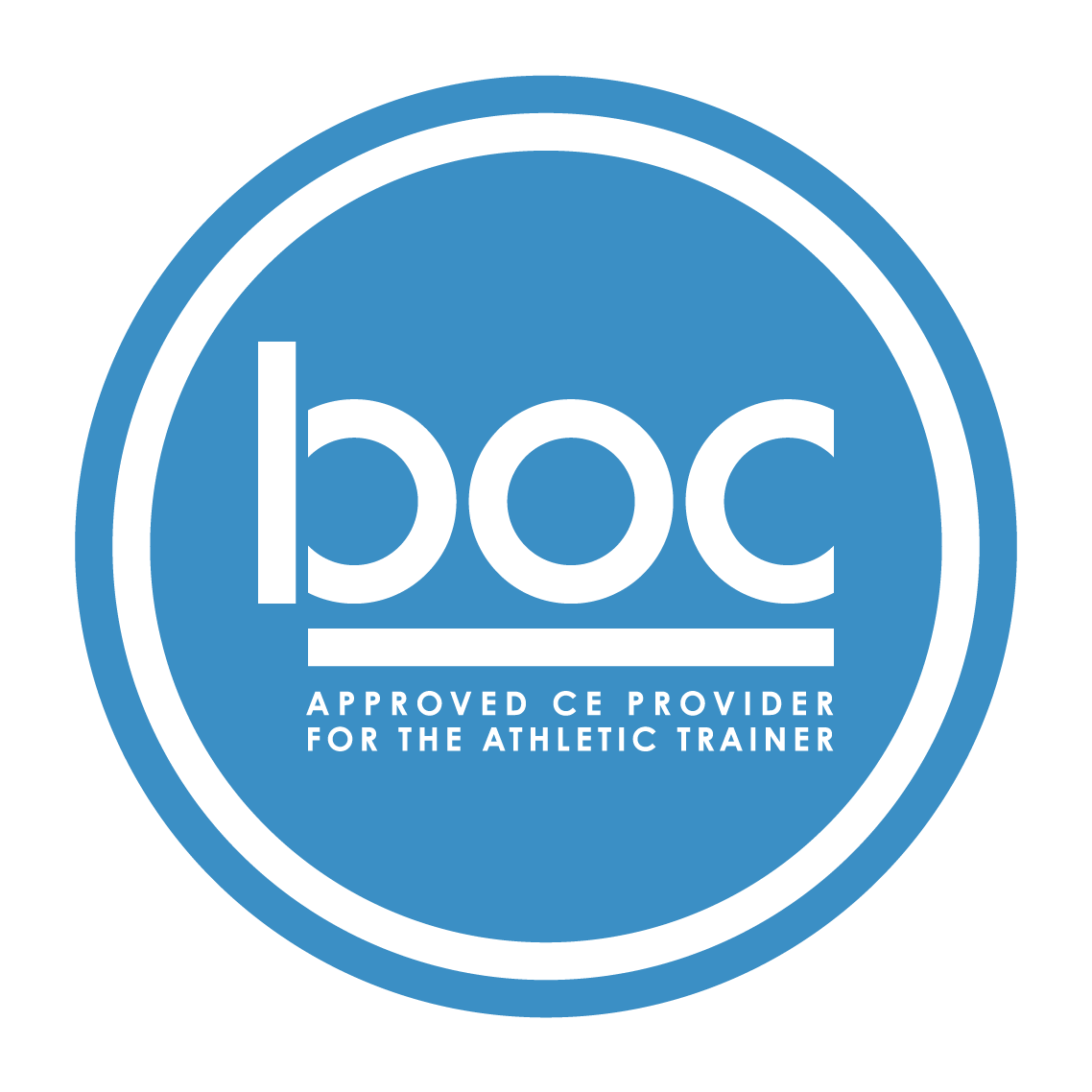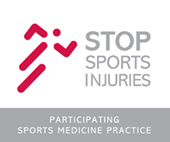COVID-19
COVID-19 OVERVIEW:
Since the beginning of the COVID-19 pandemic, Safe Sports Network has stayed up to date on the latest research to ensure the safety of our staff and student-athletes. Safe Sports has enacted various policies and procedures based on the best available evidence and recommendations, which can be found here.
Disclaimer:
The content listed on this website is not intended to be a substitute for professional medical advice, diagnosis, or treatment. Always seek the advice of your physician or other qualified health care provider with any questions you may have regarding a medical condition. Never disregard professional medical advice or delay in seeking it because of something you have read on this website.
If you think you may be having a medical emergency, call your doctor, go to the emergency department, or call 911 immediately.
- Click Here for COVID-19 Return to Play Protocol
- Click Here for COVID-19 Resources and Links
- Click Here for COVID-19 Drop-In Clinic Procedures
- 1 Day of Sport Specific Training
- 60 Mins (<80% Max HR, ~160 bpm).
- Sport specific
- Goal: Restore confidence and assess functional skills
- 1 Day – Full activity in non-competitive setting (i.e., practice).
- Full, unrestricted participation.
- 220 – Age = Max HR
- For example, a 16-year old’s estimated Max HR would be 204 beats/minute (bpm)
- 220 – 16 = 204 bpm
- American Academy of Pediatrics
https://services.aap.org/en/pages/2019-novel-coronavirus-covid-19-infections/clinical-guidance/covid-19-interim-guidance-return-to-sports/ - American College of Cardiology
https://www.acc.org/latest-in-cardiology/features/accs-coronavirus-disease-2019-covid-19-hub#sort=%40commonsortdate%20descending - American Medical Society of Sports Medicine
https://www.amssm.org/COVID19.php - British Journal of Sports Medicine:
https://bjsm.bmj.com/content/54/19/1174 - British Journal of Sports Medicine - Graduated Return to Play Infographic
https://bjsm.bmj.com/content/bjsports/54/19/1174/F1.large.jpg - Centers for Disease Control and Prevention (CDC)
https://www.cdc.gov/coronavirus/2019-ncov/index.html - JAMA Cardiology
https://jamanetwork.com/journals/jamacardiology/fullarticle/2772399 - Korey Stringer Institute (KSI)
https://ksi.uconn.edu/covid-19-return-to-activity/# - National Federation of State High School Associations
https://www.nfhs.org/ - National Strength and Conditioning Association (NSCS)
https://www.nsca.com/education/tools-and-resources/covid-19-return-to-training/ - SSN COVID-19 Return to Play Protocol
- SSN COVID-19 Screening Form
COVID-19 RETURN TO PLAY PROTOCOL:
The Safe Sports Network provides the following return to sport/physical activity guidance for pediatric patients without significant cardiac disease who have contracted COVID-19.
Although COVID-19 typically affects pediatric patients less severely than adults, some children may experience additional systemic complications following infection, such as myocarditis. Myocarditis preceded by a viral infection is one of the leading causes of sudden cardiac death in sport1. Although data on which to base the return to exercise guidance is limited, several organizations have published recommendations. The following Safe Sports Network return to play guidelines are consistent with guidance published from the American College of Cardiology, American Academy of Pediatrics, the National Federation of State High School Associations, the American Medical Society for Sports Medicine, guidelines for Graduated Return to Play as set forth in the British Journal of Sports medicine, and through consultation with the Safe Sports Network Medical Director and team.
CLICK HERE FOR SAFE SPORTS NETWORK'S COVID19 RETURN TO PLAY GUIDELINES
Screening to Determine Readiness for Exercise:
Once the COVID-19 positive student-athlete has completed the isolation period, they should be screened for red flag symptoms prior to starting the return to play progression. Student-athletes can complete the screening with their primary care provider or Safe Sports Network athletic trainer.
CLICK HERE FOR SAFE SPORTS NETWORK COVID-19 SCREENING FORM
Graduated Return to Play (GRtP):
The GRtP can be started following the required isolation period, if the patient has been afebrile for at least 24 hours off fever-reducing medication, and successfully completed the screening to determine readiness for physical activity without endorsing any red flags. The GRtP will take a minimum of two days of non-competition activity to complete for asymptomatic and mildly symptomatic patients as defined by the American Academy of Pediatrics. Moderately symptomatic patients as defined by the American Academy of Pediatrics may require an extended return to sport/activity progression.
Patients may complete a maximum of one phase per day and progress to the next phase if no development of symptoms (e.g., excessive fatigue, dyspnea, chest pain/tightness, palpitations, etc.). The supervising clinician (e.g., SSN AT) should monitor for the development of chest pain/tightness, palpitations, lightheadedness, significant exertional dyspnea, pre-syncope, or syncope during each phase. Patients with persistent symptoms or development of new symptoms should be referred to undergo further evaluation.
Minimum GRtP Phases for Asymptomatic and Mildly Symptomatic Patients:
Phase 1:
Phase 2:
Phase 3:
Estimation of Maximum Heart Rate:
In order to complete the following GRTP, student-athletes must estimate their Maximum Heart Rate (Max HR). Please use the following formula to estimate your Max HR:









